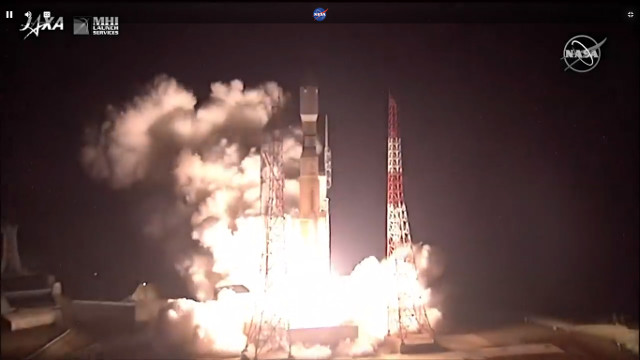
The destruction of a star by a supermassive black hole observed from the beginning
An article published in “The Astrophysical Journal” reports the study of an event cataloged as ASASSN-19bt in which a supermassive black hole destroyed a star that came too close to it. A team of researchers led by Patrick Vallely and Tom Holoien discovered the start of the event thanks to the ASAS-SN network, obtained observations thanks to the NASA TESS space telescope, which was aimed at that area, and conducted follow-up observations using NASA’s Swift and ESA’s XMM-Newton space telescopes and the network of ground-based Las Cumbres Observatories.





